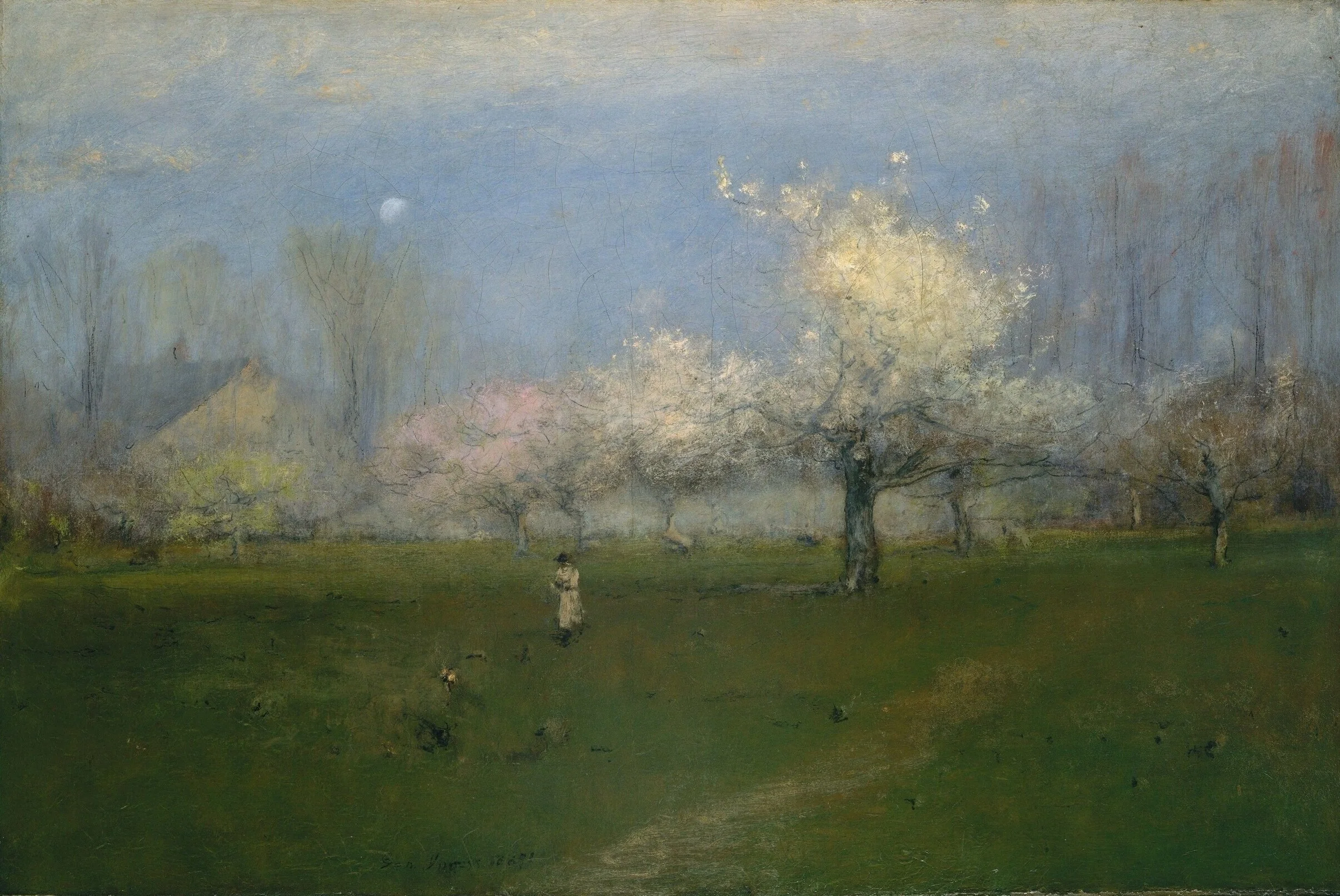
John Innes, often referred to as "The Painter of the Canadian West," was born in 1863 in London, Ontario, and became one of the most notable chroniclers of Western Canada's history and landscapes. His artistic journey was marked by a deep connection to the Canadian frontier, a passion that drove him to capture the rugged beauty and epic stories of the West on canvas.
Early Life and Education
John Innes was the son of the Very Rev. Dean Innes, D.D., and he received his early education at Hellmuth College in London, Ontario. His education continued in England at prestigious institutions like King's College, Sherbourne, and the Dufferin Military Academy. Despite his family's hopes that a traditional education would steer him away from art, Innes's talent for design and painting was undeniable. Reflecting on his youth, Innes once wrote, "As the years passed it became increasingly evident that unkind fate had palmed off an artist on my sorrowing family." His artistic inclinations only grew stronger during his time at the Dufferin Academy, where he excelled in design, drafting, and painting.
Adventures in the West
Innes's talents led him to a job with a survey party in the foothills of the Canadian Rockies, where he made maps and sketches. His experiences in the West were formative; he spent time ranching near Calgary and High River, sold horses to government troops during the Riel Rebellion of 1885, and interacted with the Blackfeet people. During this period, Innes also contributed cartoons to The Calgary Herald and operated the first telephone exchange in Calgary.
His move to Banff, Alberta, saw him co-publish a newspaper, Mountain Echoes, with Charles Halpin. After over a decade in the West, Innes relocated to Toronto, where he worked as a cartoonist for the Mail and Empire while studying under William Cruikshank and exhibiting with the Ontario Society of Artists. Yet, the West called him back, and Innes returned, traveling through the Rockies to the British Columbia coast, where he and writer John P. McConnell wrote articles and stories for various publications.
Military Service and Artistic Achievements
In 1902, Innes served with the Second Canadian Mounted Rifles in South Africa during the Boer War, where he earned a medal and three bars for his service. His experiences as a soldier and correspondent informed his later work, imbuing it with a sense of history and narrative depth.
Returning to Canada, Innes's artistic career flourished. In 1904, he became a member of the Ontario Society of Artists and, by 1907, was working in New York as a staff artist for the Hearst Sunday newspapers. His contributions to Canadian and American magazines and newspapers during this time cemented his reputation as a skilled illustrator.
In 1913, Innes settled in Vancouver and began a series of historical illustrations, capturing the epic stories of Western Canada. His first solo exhibition in 1915 showcased 16 canvases, marking the beginning of his legacy as a painter of Canadian history.
Legacy and Major Works
Innes's most famous works include two series: "The Epic of Western Canada," a collection of 30 canvases exhibited at the Hudson's Bay galleries in Vancouver, and "The Epic of Transportation," comprising 21 canvases now owned by the Glenbow Foundation in Calgary. These works depicted pivotal moments in Canadian history, such as Captain George Vancouver's meeting with the Spaniards off Point Grey, the Hudson's Bay Company's fur brigades, and the discovery of gold at Williams Creek.
In addition to these grand narratives, Innes created numerous small works that captured the essence of Western Canadian life. His paintings were sought after by collectors, including prominent figures like Sir Wilfrid Laurier, Lord Strathcona, and the Earl of Minto.
In 1920, Innes was commissioned by the Native Sons of British Columbia to paint eight large canvases depicting the highlights of British Columbia's history, which were displayed at the University of British Columbia and later presented to the Pacific National Exhibition.
A Painter of the West
Blanche E. Holt-Murison, writing for Saturday Night in 1937, described Innes as a man who "painted the thing as he saw it, as he moved with it. He was a working, unifying part of it all." Innes himself felt deeply connected to the West, stating, "I have watched it grow from a terrifying wilderness to a land of golden wheat. I have seen the building of an empire stone upon stone."
Innes's work was more than just art; it was a visual history of Western Canada, capturing the transformation of the region from untamed wilderness to thriving civilization. His dedication to preserving these moments for future generations earned him the title of "The Painter of the Canadian West."
John Innes passed away in 1941, leaving behind a legacy of art that continues to be celebrated and studied. His paintings are housed in collections across Canada and the United States, a testament to his enduring impact on Canadian art and history.
Browse our collection of Canadian paintings for sale at the Canadian Classic Fine Art gallery, The best place to buy a painting online. We provide free shipping anywhere in Canada and the United States. Our Montreal art gallery sells paintings online exclusively and have a 14 days return policy.

